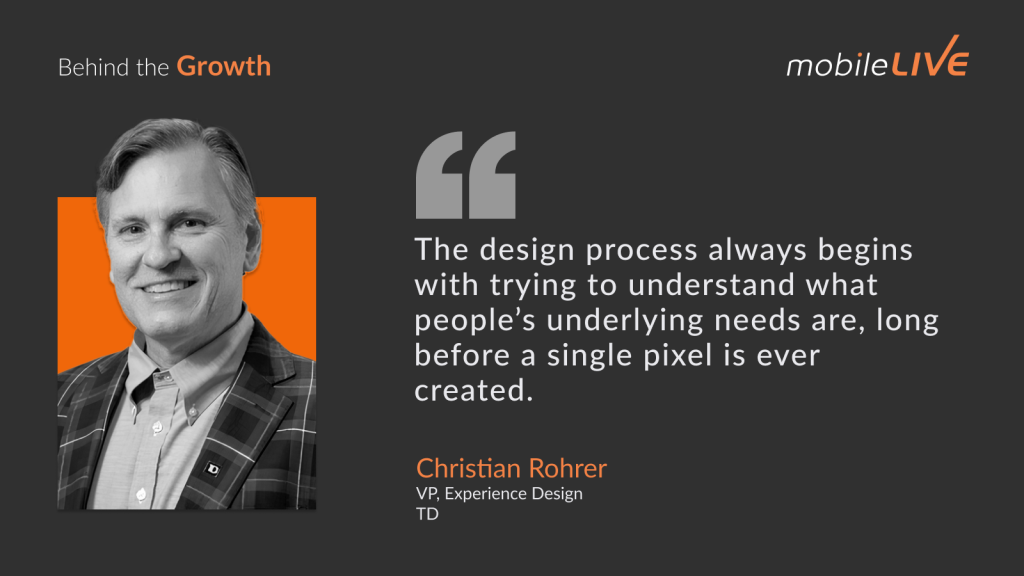Key Insights
User-Centered Design Drives Product Success
Understanding the user’s needs and designing products that meet those needs is essential for product success. Christian Rohrer emphasizes that technology must align with how people actually use it, rather than forcing users to adapt. By focusing on the human side of technology, products become more intuitive and effective, leading to greater user satisfaction. This approach not only enhances the usability of products but also contributes to their overall success in the market. Through methods like human-centered design, companies can create experiences that resonate deeply with users, ensuring that products are not just functional but also enjoyable and easy to use.
Soft Skills Are Essential for Leadership
Effective leadership in design requires more than just technical expertise; it demands strong soft skills. Christian Rohrer highlights that soft skills, such as collaboration, communication, and ego-free leadership, are crucial for creating a positive and inclusive work environment. These skills enable leaders to foster a culture of openness and continuous learning, which is essential for innovation and team success. In a design context, where creativity and user-centricity are key, the ability to navigate complex interpersonal dynamics and lead with empathy becomes a defining factor in achieving both individual and team goals.
AI Augments, Not Replaces, Designers
As AI becomes more integrated into design processes, its role is to augment, not replace, human creativity. Christian Rohrer underscores that while AI can accelerate certain aspects of the design process, such as data analysis or prototype generation, it cannot replicate the human insight needed to create truly impactful designs. By keeping the human in the loop, designers can leverage AI to enhance their work, speeding up mundane tasks and allowing more time for creative problem-solving. This balance ensures that AI serves as a powerful tool in the designer’s arsenal, rather than a substitute for the nuanced understanding that only human designers can provide.

Episode Highlights
Christian Rohrer’s Accidental Entry into UX Design
Christian Rohrer shares how his journey into UX design began unexpectedly. After working in the tech industry as a tech support engineer, he realized that the gap between technology and its users was significant. This led him to pursue further education in cognitive science and human-computer interaction at Stanford, where he discovered the importance of designing technology that meets people where they are, rather than expecting users to adapt to technology. This revelation set the stage for his future work in user experience design.
“I realized I didn’t fully understand the human side of the equation, even though I was well versed in technology. So I decided to go back to school… It was there that I really had this huge aha moment where I realized it isn’t really about… learning about technology. It’s really about designing technology so that it meets people where they really are.”
Redesigning the Yahoo! Homepage and Its Impact
Christian recalls his experience leading the redesign of the Yahoo! homepage during the late 1990s and early 2000s, a project that was highly impactful given Yahoo!’s status as the number one website at the time. He explains how the team used eye-tracking and A/B testing to inform their design decisions, successfully balancing business needs with user experience. This project exemplified the power of research-driven design and the satisfaction that comes from positively influencing millions of users.
“In the late 90s and early 2000s, I had the privilege of being on the team that redesigned the Yahoo! homepage. And that was a lot of fun because it was such an impactful part of our lives back then… We used eye tracking and A/B testing to inform our decisions and make the right choices for how to balance the needs of the business and the user base.”
Launching Realtor.com’s First Mobile App
Christian shares the story of leading the development of Realtor.com’s first mobile app in 2008. At the time, Realtor.com was the top real estate website in the U.S. and Canada but lacked a presence in the app store, unlike its competitors. Christian’s team followed a human-centered design process, from concept testing to creating an interactive prototype that met and exceeded market expectations. This initiative moved Realtor.com from having no mobile app to achieving top ratings in the app store, demonstrating the effectiveness of well-executed, user-focused design.
“We were able to put together a small team, a designer, researcher, engineer, and we followed a human-centered design process… we put something out there that actually met and even exceeded what the market was providing at the time. So we went from being non-existent in the app store to being really among the top ratings in the app store.”
Challenges and Strategies for Retaining Top Talent in UX Design
Christian discusses the ongoing challenges of attracting and retaining top talent in UX design and product management. He emphasizes the importance of working in an interesting domain, providing the right tools and environment, and offering strong, supportive leadership. At TD Bank, Christian ensures that the design teams have access to the latest design technology and a workspace that reflects the diverse communities they serve. These factors are crucial for motivating and retaining high-quality talent in a competitive field.
“You have to have a few ingredients to really be able to do that. First, it’s important to be in an interesting domain that’s going to attract the right talent… You really have to provide… the best, uh, latest design tech, design labs, and research facilities in order to allow people to really do the job and do it well.”







